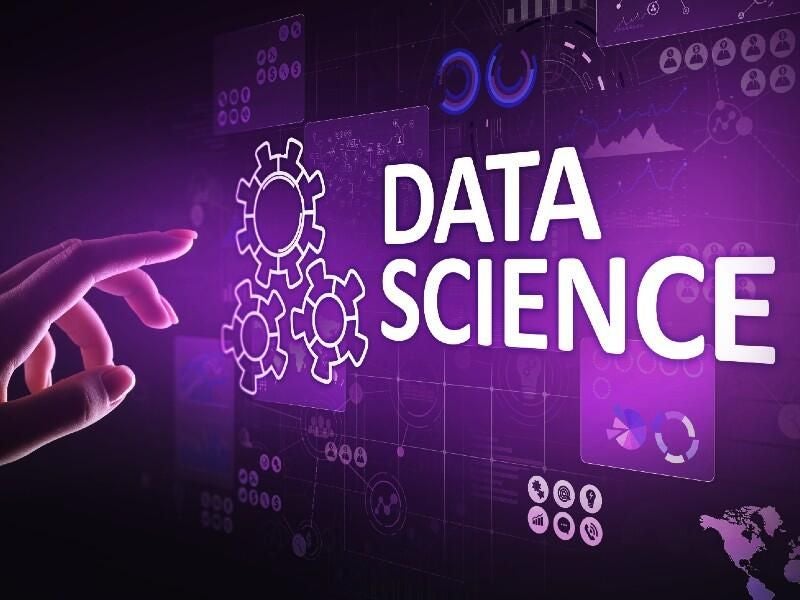
Many organizations worldwide are adopting data science tools to make for easy data management, automation, and analytics. Of those data science tools, KNIME and Alteryx are two popular solutions that offer extract, transform, and load (ETL) capabilities in addition to various other data management features.
Jump to:
- What is KNIME?
- What is Alteryx?
- KNIME vs. Alteryx: Feature comparison
- Head-to-head comparison: KNIME vs. Alteryx
- Choosing between KNIME and Alteryx
What is KNIME?
KNIME is a free-to-use, open-source data analytics and reporting tool that integrates multiple data mining and machine learning components through its modular data pipelining. This data science software simplifies data, automates the processing of data science workflow, and makes the reusable components accessible to multiple users.
KNIME also utilizes a graphical user interface (GUI) that makes it easy for users to create and process data models and handle data analysis and data visualization.
What is Alteryx?
Alteryx is a data editing, analysis and output software solution for businesses that deal with large amounts of data. Using this data science software, users can monitor and manipulate data and collaborate and assist in the information flow with a human-readable GUI.
In other words, people deploy this data science software tool to increase efficiency, speed, and data processing automation to avoid complexities.
SEE: Hiring kit: Data scientist (TechRepublic Premium)
KNIME vs. Alteryx feature comparison
While KNIME and Alteryx offer a lot of features common for all data science tools, their differences make it easier to determine which solution is better in specific use cases. Where Alteryx offers simplicity and user-friendliness with a robust community support, KNIME provides greater customization and reliability.
| Feature | KNIME | Alteryx |
|---|---|---|
| Open source | Yes | No |
| Enterprise-wide support | Yes | Yes |
| Simplicity of use | No | Yes |
| Ease of deployment | Yes | Yes |
| Quality of user community | No | Yes |
| Integration using API tools | Yes | Yes |
| Pricing flexibility | Yes | No |
| Data augmentation | Yes | Yes |
Head-to-head comparison: KNIME vs. Alteryx
Data preparation
During the data preparation process, the Alteryx dashboard has some functions where a user can easily drag and drop to pick a data type and connect to a database. From the same dashboard, it’s also easy to change or connect to other file types.
Compared to Alteryx, KNIME’s user interface for this capability tends to be more complex, especially for new users. As a result, new users end up spending more time inputting or selecting a data type, which eventually delays the overall time spent on data analysis.
Data blending
KNIME’s Join button offers an easy-to-learn and -use function for merging or blending different databases. In addition, KNIME’s data blending tool maintains its reliability when dealing with large volumes of data.
By comparison, the Alteryx Analytic tool is less user-friendly. The Connect function also allows users to blend different databases, but the process is slower. And while the data blending functionality is great for not messing up data during merging, when compared to KNIME, Alteryx is less reliable when dealing with large data volumes.
User interface (UI)
KNIME’s user interface is made of nodes that can be dragged onto the canvas. In this way, a node can connect to other nodes on the same canvas and can be easily configured on the fly. When compared to Alteryx, KNIME users tend to deal with a lot of redundant windows.
With Alteryx, the UI is organized in a menu at the top of the dashboard. The nodes come with functionalities that are easier to understand and configure. On the UI, a user can easily spot and pick the most important functionalities such as Join, Data Preparation, Transform, Reporting, and Input/Output for simplicity.
Large community support
For new adopters of any data science software tool, the availability of a large community goes a long way in mastering the tool. In the case of these data science tools, Alteryx has larger community support; hence a new user can easily have access to help when stuck in the learning process.
While KNIME also boasts a large online community, it’s not as robust as what is obtainable in the Alteryx online community.
Graphing and reporting
The ability of data science tools to produce a less ambiguous graphical report is very important, especially for reports that compare a large amount of data and data from different geolocations.
Given that KNIME is an open-source data science tool, users have added more capabilities to enhance a wider variety of visual representations of reports using other tools. This makes it a better tool for the graphical representation of data than Alteryx.
Open-source capability
Open-source licensing facilitates innovation and wider development of any software. Because KNIME is an open-source data science software, people can create and add their plugins to KNIME at ease. This collaborative approach to software development makes KNIME very powerful and flexible, unlike the Alteryx tool.
Choosing between KNIME and Alteryx
KNIME and Alteryx are powerful data science software tools. However, choosing any of them will depend on the user and volume of data a company manages.
Alteryx is a great analytical tool that promises simplicity of use and that handles data input and preparation in a less technical manner; however, it has difficulty reliably handling large amounts of data.
While KNIME’s complexity requires having a sound technical background in data science and analytics, its ability to work with large data volumes makes it ideal for those willing to learn its development and data science tool capabilities.

